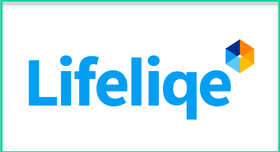
Overview of Lifeliqe
As you can see, there is an enormous variety of 3D content that is accessible through the app, all of which has been designed and supported by universities like Stanford, the University of California, and many others.
The video below (from their website) also helps to offer an idea of the different possibilities that are available through the app.
Within the app, students can pick a 3D model, interact with it, pick different components of the object to highlight, read descriptions of those components, and even view the object in augmented reality.
I could see this app being particularly helpful in the sciences by giving students the ability to explore highly detailed models of organisms, cells, skeletal structures, and the like. Especially in a situation where students might not have the resources to engage in dissections or microscopic examinations, something like this could come in incredibly handy.
On the historical side, there are also some ancient archeological sites that students can explore, as well as living spaces of previous civilizations, which could be beneficial and a lot of fun for students as well.
Overall, the app offers a great variety of models that cut across subject areas for both K-12 and higher education. The descriptions are highly detailed and the app also offers a multilingual feature that provides Spanish translations for students who may need them.
Curricular Components
Currently, the team has over 30 lesson plans and they will be adding more than 100 lesson plans before the school year begins. All of these lessons are aligned to the Common Core Standards and the Next Generation Science Standards (where applicable).
For example, the Lifeliqe Middle School Life Sciences course comprises 24 units which cover 84 fundamental concepts, each involving a dozen different activities designed according to the 5E approach pioneered by the Biological Sciences Curriculum Study and supported by the US National Science Teachers Association, and aligned to the Common Core State Standards and to the core ideas, scientific and engineering practices, and crosscutting concepts of the Next Generation Science Standards.
Each unit addresses several fundamental concepts. In the Engage portion of the lesson, the students are asked to observe phenomena, try to make sense of what they see, and then look more closely to activate their prior knowledge and pique their interest for further study. For the cardiovascular system, this involves measuring their resting heart rate, then moving about, then taking their pulse again. Then they talk about what they observed and discuss why it might be so.
It’s really great to see a company that has spent so much time and energy not only creating a great resource, but also making sure that it is aligned with curricular needs in a format that is supportive for teachers and students.
Pricing for Lifeliqe
The Lifeliqe team is offering schools a "site license" which covers the whole school (all students and educators within the building). The price for this license is $5,000, and they will be offering 30-40% discounts for early adopters. Later the team will be introducing additional pricing tiers; however currently, the only options are $119 for one user for one year (which is way too high for most teachers or classroom), or the entire site license, which doesn’t work if you don’t need it for every classroom in a school.
Therefore, for now at least, this seems more like a resource that maybe a teacher could have access to on their personal device, and then students could use it during station work or something along those lines. However, this is somewhat disappointing, as I believe this app would be most beneficial if it could be pushed out to all student devices so that they could regularly use it to learn from and interact with. I’m very much looking forward to their rollout of additional pricing tiers, as I think this will be enormously beneficial and make the app much more practical.
Moving Forward
It was nothing short of amazing, and seeing the potential for virtual reality in education, when combined with 3D models like the ones Lifeliqe is providing, got me really excited for our classrooms of the not-so-distant future.
Overall, Lifeliqe offers an impressive collection of highly detailed, interactive 3D models that can be used across the sciences and social sciences. The descriptions within each model are informative and provide additional depth, and the augmented reality feature is a fun way to see these objects in a real-world space.
On top of that, the team’s clear dedication to creating a resource that is aligned to the CCSS, the NGSS, and inquiry models of instruction is nothing short of wonderful. The fact that they’ll have over 100 lesson plans by the start of the school year is pretty great as well.
Really, my only issue is with the price, since there is nothing practical currently for single or multiple classrooms within a school. Once that issue is resolved, it’s going to be very exciting to see what’s next with this team.
The opinions expressed in this review are my own.
I was not compensated for writing this review.

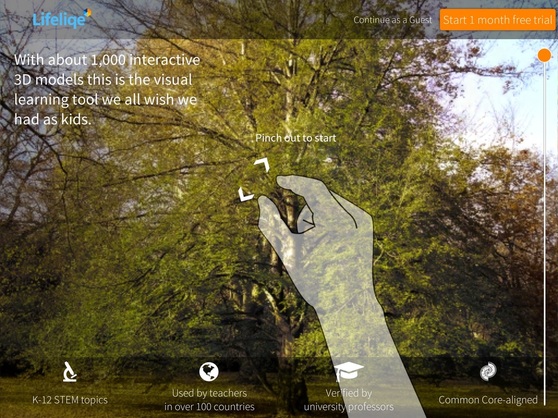
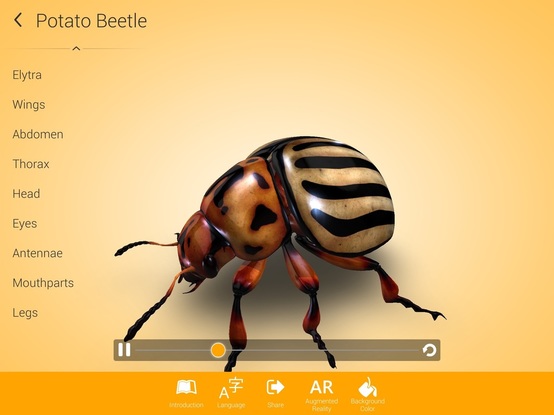
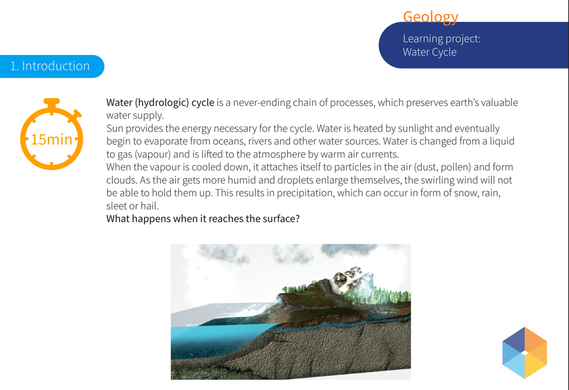
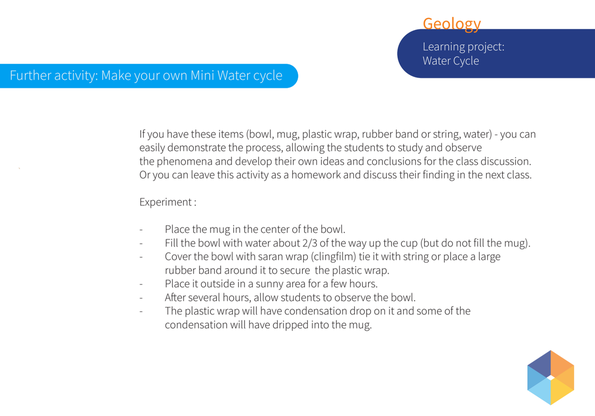




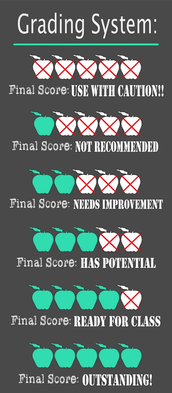










 RSS Feed
RSS Feed
